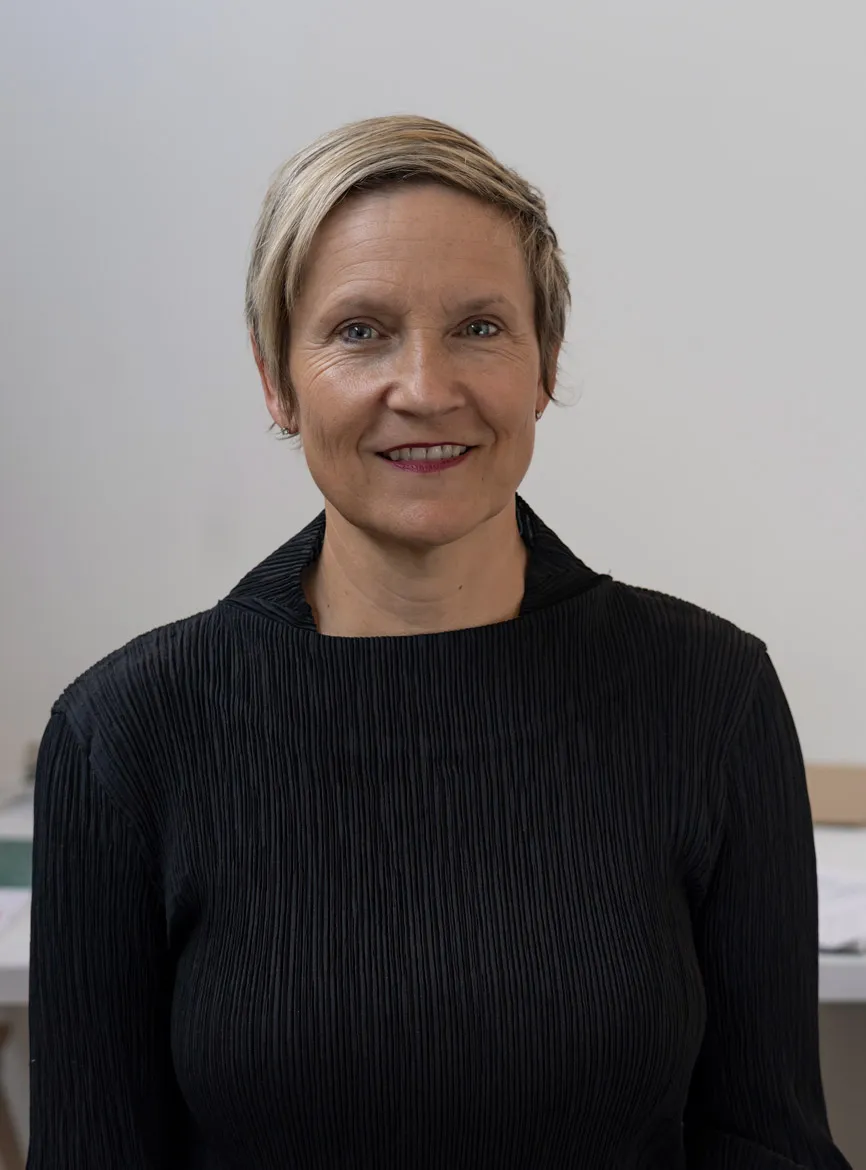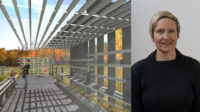On June 24, the U.S. Supreme court struck down Roe v. Wade, the landmark decision that has protected the constitutional right to abortion since 1973. Abortion advocates were unsurprised; an unprecedented leak in May had, in part, prepared them for abortion legislation to be passed to the state level. “We knew it was going to happen, but to see the decision come down was so shocking,” says Lori Brown, an architect and academic who has devoted her career to reproductive justice. Brown, alongside Arizona-based architect Jordan Kravitz, decided to put out a call to action on Twitter: “If you are an architect and are willing to be included on a list to assist abortion clinics in states where abortion remains legal, [we] are creating a list. Please let us know,” she wrote on July 2.
“We realized that there's going to be a significant demand for these services in states where abortion remains legal, and there's going to be lots of women traveling to them,” says Brown, who teaches at the University of Syracuse and studies the impact of reproductive legislation on women’s spaces in the South. “We wanted to respond as quickly as possible to a significant need that our profession can provide.”

Architect Lori Brown. Photo courtesy the architect
The aftermath from Roe’s overturning has been swift—only 30 days after the decision was handed down, according to a report published by the Guttmacher Institute, eleven states (all in the South and Midwest) had either banned abortion completely or implemented a ban starting at six weeks of pregnancy. Across these states, the number of clinics offering abortions had dropped from 78 to 28 in just one month. Looking toward the future, the report stated, “as many as 26 states are certain or likely to ban abortion.” The Washington Post reported that as of this month, one in three women have lost most abortion access in the decision’s wake.
In California, which is expecting nearly a 3,000% increase in demand for abortion services, Governor Gavin Newsom approved $200 million in additional funding for abortion care and signed legislation that will expand the state’s resources to accommodate the surge. Its stated provisions include travel accommodations for patients and recourses for providers fleeing anti-abortion states. In New York, Governor Kathy Hochul has already promised those who are unable to access abortion services in their home states that “Lady Liberty is here to welcome you with open arms.”
As pro-choice legislators and activists rally to face the realities of a post-Roe landscape in America, Brown and Kravitz saw a clear path for architects to help. “These states don't have the infrastructure to be able to provide that care for that number of people,” says Brown. “That's a lot of square footage that will need to be created, updated or made more robust to handle the larger numbers of patients coming in.”
Kravitz, who specializes in healthcare design at SmithGroup, has been working with Brown since March. The two connected over their study of abortion clinic design and the role of architects in such spaces; They have since been collaborating on a nationwide survey about the willingness of architects to provide these design services. “At one point, as an architect, you could have been blackballed if you had worked on an abortion clinic, but with the database we’ve seen how there is strength in numbers,” says Kravitz, “So far, I’ve only seen really positive responses.”
Prior to this initiative, Kravitz worked on design templates as a resource for clinics in states with Targeted Regulation of Abortion Providers (TRAP) laws, which in part can impose prohibitive facility requirements on clinics. “I am very familiar with working in the healthcare field and with the codes, but there are architects and providers who are not,” says Kravitz, who received a grant from SmithGroup in January to further her work, “It was about giving people an easy place to start from.” According to the Guttmacher Institute, between 2011 and 2017, such restrictions (which may require certain hallway widths, exam room sizes, or number of bathrooms) caused 50 clinics in the South and 33 in the Midwest to close.

Architect Jordan Kravitz. Photo courtesy the architect
Since June, Brown and Kravitz have compiled a database of over 170 architects and other building industry professionals from around the country. “The response has been really overwhelming in terms of the number of people who have responded from all spectrums of our discipline,” says Brown, who spoke to RECORD earlier this year about how architects can engage politically. “It really shows that given the opportunity, architects will step up,” she adds. “They just didn't know how or in what ways to participate.” So far, the database has connected four architects to providers in need: one who needed to move their clinic across state lines and three expanding their physical footprint to accommodate for increased demand.
Still, only two months post-Roe, much remains unclear, but both women are looking to take their work forward. In the fall, Brown, along with Bryony Roberts at Columbia University and Lindsay Harkema at City College, will be running “post-Roe” architectural studios. “We’ll be looking at these issues and collaborating over the course of the semester to think speculatively about a range of scales and issues that could be brought to the discipline,” Brown says. “We’ll need to think about different network systems and the borders between states that are yet to really be determined and understood legally.”
For Kravitz, who is currently president-elect of the American Institute of Architects’s (AIA) Phoenix chapter, looking toward the future means garnering support from architectural institutions as well as individuals. “It's a very hard topic. Abortion in the United States is politicized and healthcare is politicized, but architects have to talk about politics,” she says, pointing to the AIA and National Organization of Minority Architects’s public stance against systemic racism in 2020 as an example. “If we are saying, as a profession, that we support the end of systematic racism, we also have to support the right to abortion access—not only because it's healthcare, but also because lack of access disproportionately affects women of color,” she says. “It’s not always easy, but we have to take a stand.”






Post a comment to this article
Report Abusive Comment